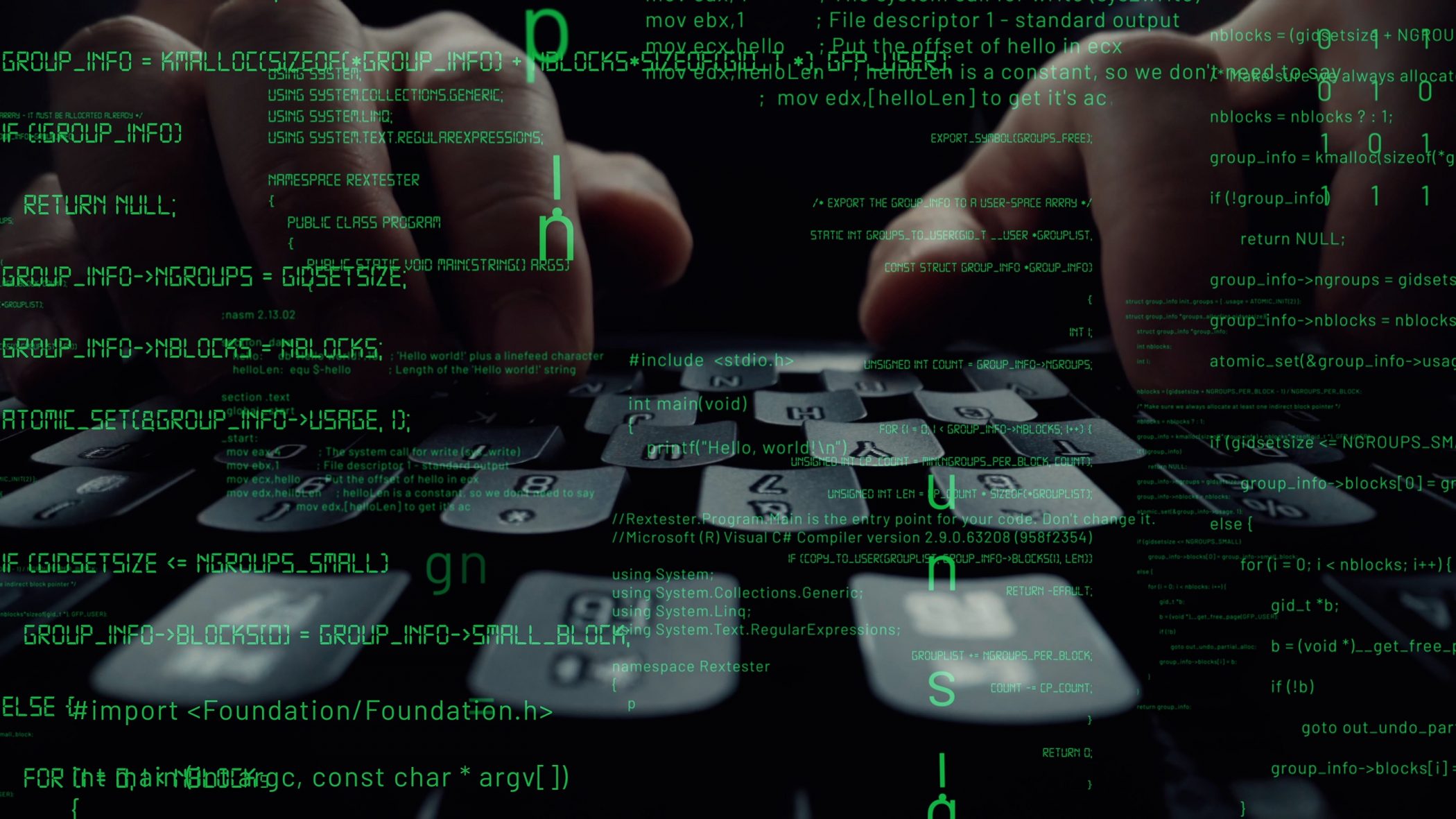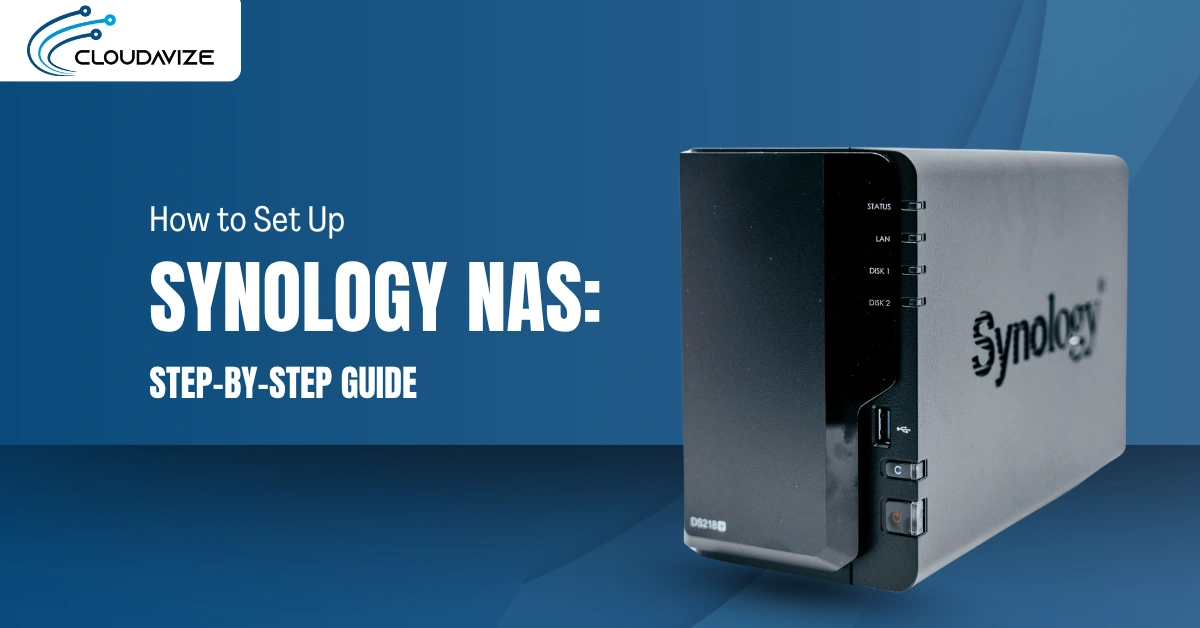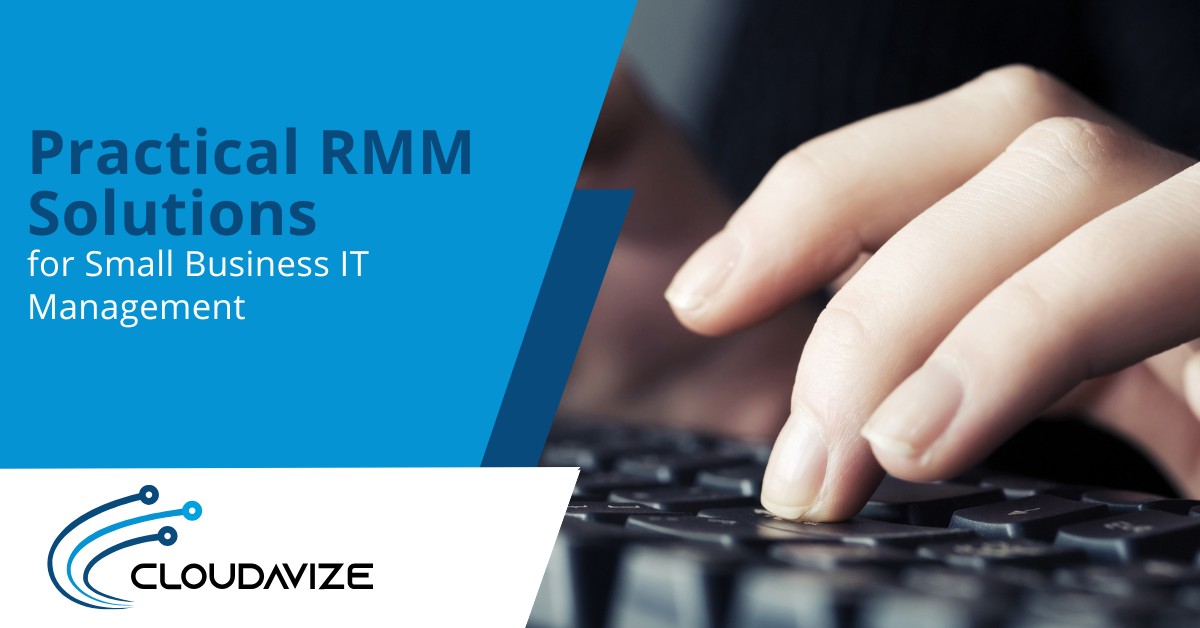Companies have definitely been ramping up their use of cloud tools since the pandemic began to facilitate newly remote teams. The use of cloud solutions like Microsoft 365, Google Workspace, Amazon Web Services, and others help have allowed employees to connect to their work tools and continue serving customers and keeping operations going.
But a challenge with the remote working environment has been a lack of visibility into how employees are spending their time. While output is always a good indicator of productivity, there are some positions where task tracking and monitoring are helpful.
This needs for visibility and monitoring for remote employees that are no longer working from the office has led to the rise of employee tracking and monitoring software, collectively termed “Bossware.”
Table of Contents
What Is Bossware?
Bossware is a type of software placed by boss on employee device for tracking productivity or monitoring performance. The name “Bossware” came from the fact that typically this is something that a “boss” would put in place i.e. employee’s device to monitor the productivity of employees. And some employees may even refer to it as “spyware” because it can monitor their digital activities.
Some forms of bossware are less invasive, such as Microsoft Productivity Score. This app focuses on collecting data from your team as a whole to provide non-individualized insights on app use and makes suggestions for productivity enhancements.
Other forms of employee monitoring software can raise privacy concerns as they have the ability to log employees’ activities, such as keystrokes, remotely access microphone and video functions, and can remain invisible to the user.
While employee monitoring isn’t an entirely new concept, due to the rise in the remote workforce, it’s being adopted like never before. It’s estimated that 78% of companies now use various bossware products as employee monitoring solutions.
Pros & Cons of Employee Monitoring Apps
There are many different types of employee productivity tracking and monitoring tools, and not all are created equally. Monitoring performance has both benefits and can also be problematic.
Consider the different levels of bossware:
- Least Invasive: Features of bossware include tools that track your team in aggregate or that are contained to activities within an app, not on a device
- Mid-Level of Invasiveness: Monitoring of sent emails on a company account, apps that are visible to the user and take intermittent screenshots, tracking of conversations in team messaging
- Highly Invasive: Tools that can log user keystrokes, take control of a device, access video and audio, and that can be hidden from the user
Pros of Employee Monitoring Software
Monitoring productivity, especially for a team that is working remotely or embracing work from home can be important to ensure everyone stays on task and is adjusting to a virtual working environment.
Benefits of Bossware include:
- Reduce “Goofing Off”: Employees may be less apt to waste time on social media or personal tasks or do personal tasks on company time if they know they’re being tracked.
- Improve Productivity: Certain bossware is very helpful at looking at how users are utilizing their work tools and identifying areas of workflow improvement to save time.
- Give Managers Valuable Information: Some employee monitoring tools let managers know if certain employees are taking on too much of the workload. They can also give important insights for scheduling and tracking working hours for payroll purposes.
Cons of Employee Monitoring Software
If not handled correctly, bossware can go very wrong for a company, causing the alienation of employees and monitoring workers inappropriately. It can also hurt productivity and may lead to privacy-related legal issues due to the handling of personal information.
Disadvantages of Bossware include:
- Ruin Employee Morale: If employees feel they are only valued as far as how many clicks they make per day, it hurts morale. You could lose a lot of the value that comes when employees contribute of their own accord to the organization through ideas, working extra hours, etc.
- Cost You Good Employees: Tracking all employees similarly without regard to tenure or performance can cost you good employees who feel betrayed that you suddenly don’t trust them.
- Worse Customer Experience: Unhappy employees that feel stressed because their digital activities are being monitored can be distracted when interacting with customers. Instead of giving them their full attention, they may be picturing the boss looking over their shoulder virtually.
When implementing an employee productivity monitoring tool, you want to balance the benefits with the potential risks. And no matter what type of bossware you decide to use, it’s always best to be completely upfront and transparent with employees on how it works, what it’s tracking, and why it is being put into place.
It’s also important to monitor how the bossware impacts employee morale and performance after it’s introduced. If you’re not seeing the benefits you expected, then you may need to change tactics on how you keep up with your remote team.
Need Help With Remote Employee Performance Solutions?
Cloudadvize can help your Dallas-Fort Worth business balance the benefits with the risks when choosing your employee productivity tracking tools.
Contact Cloudavize today for a free consultation to get started.
FAQs
Frequently Asked Question
Employers can prevent bossware from negatively affecting employee morale by being transparent about its use, setting clear expectations, and balancing the benefits with potential risks. They can also provide employees with the opportunity to voice concerns and feedback.
Yes, there are less invasive tools available for monitoring employee productivity. These tools can track team activities in aggregate, within specific apps, or on certain tasks without monitoring individual employees.
Bossware can potentially promote better team collaboration and communication by providing insights into team workflows and identifying areas for productivity improvement. However, it's important to balance the benefits with the potential risks.
Employers can ensure that the data collected by bossware is used in a responsible and ethical manner by being transparent about what data is being collected, how it will be used, and who has access to it. They can also ensure that the data is being used to improve productivity and not to monitor or control employees.
Employees can voice their concerns about bossware in the workplace by approaching HR or management with their feedback. They can also ask for more information about how the tool is being used and how it impacts their privacy and productivity.



